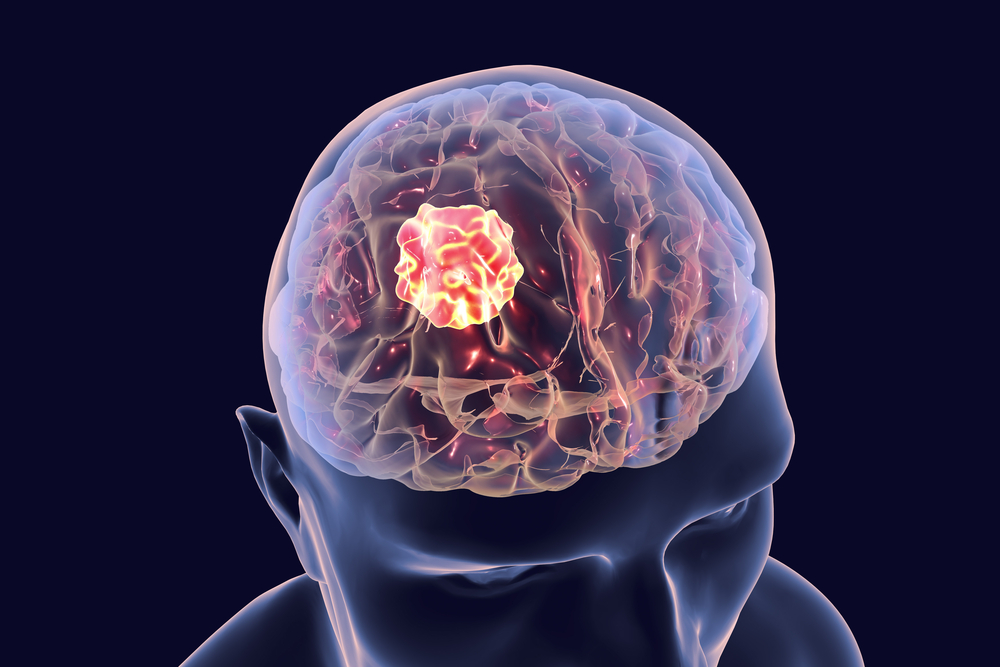A study at the Stanford University School of Medicine showed that altered immune cells can eliminate a fatal pediatric brain tumor in a mouse model, which was published in the April 16 issue of Nature Medicine. It’s the first time in the tumor mice to eradicate diffuse intrinsic pontine gliomas (DIPG).
DIPG is an incurable pediatric brain tumor that cannot be operated on, of which the median survival time is only 10 months, leading to the pain of many school-age children each year. Recent studies have found that in mice implanted with human DIPG in the brain, immune cell therapy through chimeric antigen receptor T cells (CAR-T cells) can eliminate tumors with only very few residual cancer cells.
Michelle Monje, MD, assistant professor of neurology at Stanford University, said: “The results were amazing. We injected the CAR-T cells intravenously and found that these cells can clear the tumor. This is much better than we expected.”
The researchers tested the mouse brain after treatment by immunostaining and found that on average, the treated mice had only a few tens of cancer cells remaining compared to the tens of thousands of cancer cells in the control mouse brain.
However, there were also dangerous brain swellings in some mice due to side effects of the immune response caused by engineered cells. Therefore, the researchers added that more caution is needed to enter human clinical trials.
“Hiding in plain sight”
In this study, the researchers screened the surface molecules of DIPG tumor cultures, which can serve as targets for CAR-T cells. Specifically, in the CAR-T therapy of the human body, for example, the patient’s own immune cells are first removed, engineered to attack the surface antigens of the cancer cells, and then returned to the patient body where they can target the cancer cells. Cell surface antigens are macromolecules that protrude from cells and help the immune system determine whether cells are harmless or harmful.
The Monje team found a sugar molecule, GD2, enriched on the surface of DIPG tumors in 80% of cases. The team found that the excess sugar expression was caused by the same mutation, called H3K27M mutation that leads to the growth of most DIPG tumors.
Scientists discovered decades ago that GD2 is very high in some cancers, but its discovery on this type of tumor came as a surprise. Mackall said, ” It was hiding in plain sight, and we didn’t know.”
Later, the researchers designed a CAR-T cell that attacks the GD2 sugar, and kill DIPG cells carrying the H3K27M mutation. If cultured cells stop genetically modifying GD2, CAR-T cells are no longer effective and other CAR-T cells with different molecular targets also can’t kill DIPG cancer cells.
The researchers next tested GD2 CAR-T cells in mice with human DIPG tumors.
Seven to eight weeks after the establishment of the tumor, each mouse received an intravenous injection of GD2 CAR-T cells and a control treatment – injection of CAR-T cells that reacted with different targets. The researchers found that cells can cross the blood-brain barrier. In mice receiving GD2 CAR-T cells, DIPG tumors were not detected after 14 days, whereas control-treated mice did not show tumor regression. After 50 days, the mice were euthanized and their brains were examined. The researchers found that mice treated with GD2 CAR-T cells left only dozens of cancer cells, and that there were tens of thousands of cancer cells in each control mouse. In GD2 CAR-T treated mice, residual cancer cells did not express GD2, indicating that these remaining cells are not susceptible to immunotherapy and may, therefore, have cancer recurrence.
Not Applicable to Thalamic Tumor
There are also H3K27M mutations in gliomas of the spinal cord and thalamus in children, and the researchers found that it also similarly expressed very high levels of GD2. So the researchers also tried GD2 CAR-T therapy for mice implanted in the respective anatomical sites of human spinal cord and thalamic tumors.
It was found that GD2 CAR-T cells can effectively eliminate spinal cord tumors. However, some mice with thalamic tumors died of CAR-T treatment. Researchers believe that the inflammatory reaction produced by immune cells can cause brain swelling, which is particularly risky in the deep thalamus.
“Although this strategy is very promising for the treatment of very few diseases, it is very important to remember that tumors located in unstable neuroanatomical sites cannot withstand a lot of swelling. It is effective to remove tumors through the immune system, but inflammation can cause swelling, which is a dangerous situation, “said Monje.
Currently, the research team plans to use CAR-T therapy in human clinical trials, but it is still necessary to reduce participants’ risk as much as possible.

